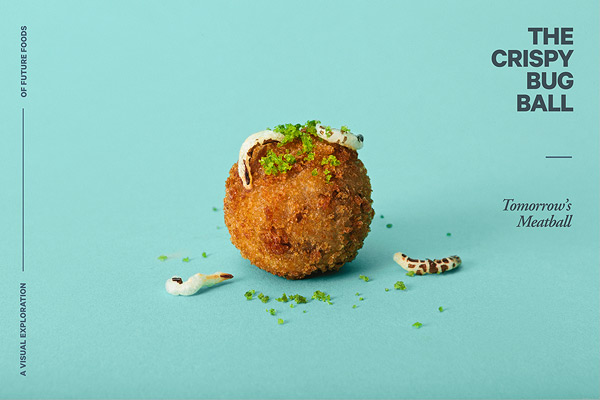
The future-living lab, Space10, has set out to explore creative ways of thinking about food in light of our current, unsustainable food practices. Tomorrow’s Meatball aims to do more with less, showcasing alternative food sources like insects, algae, and foods that otherwise go to waste or under-utilized. It also highlights alternative production processes like powdered and 3D printed foods, taking the possibility of future food customization and personalized nutrition to the next level. Check out the project below!
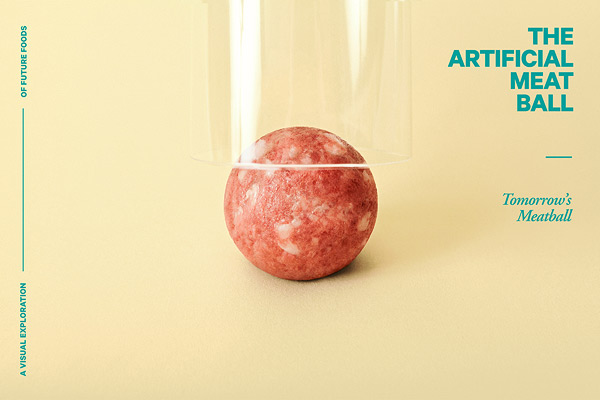
The Artificial Meatball – Artificial meat is an animal-flesh product, grown inside a laboratory. The first lab grown beef burger was presented in 2013 and cost $325,000. Today, that very same burger costs only $10. Artificial meat is a viable near-future alternative to the increasingly unsustainable practice of cattle farming.
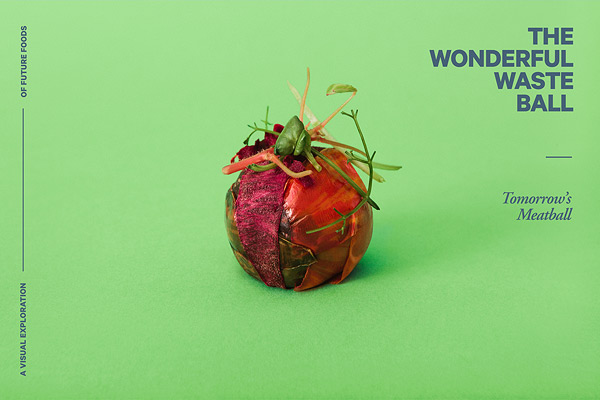
The Wonderful Waste Ball – Up to one third of all food is spoiled or squandered before it is consumed by people according to UN Food and Agricultural Organisation. Food waste is prominent in the efforts to combat hunger, improve food security in the world’s poorest countries and preserving the environment. Reducing this loss is a critical step towards securing enough food for a fast growing world population.
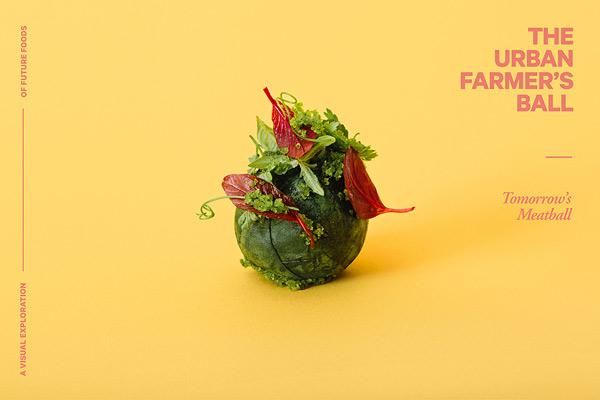
The Urban Farmer’s Ball – Urban farming is booming. More and more people nowadays are growing food as local as possible. Local food represents a serious alternative to the global food model. It reduces “food miles”, offers fresh products all-year-round, generates employments, creates greenbelts, and strengthens cities’ resilience to climate change.
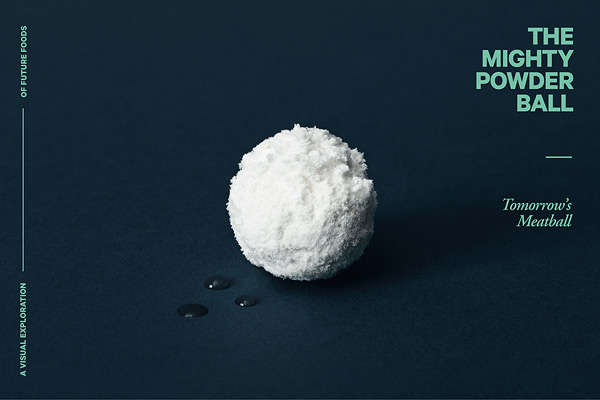
The Mighty Powder Ball – Powdered food has been gathering traction lately. The meal replacement is available in both liquid and powdered forms and includes all the elements of a healthy diet: protein, carbs, unsaturated fats, alongside all the necessary vitamins and minerals. Today already, nutrient-dense products have become game changers for treating severe malnutrition in developing countries.
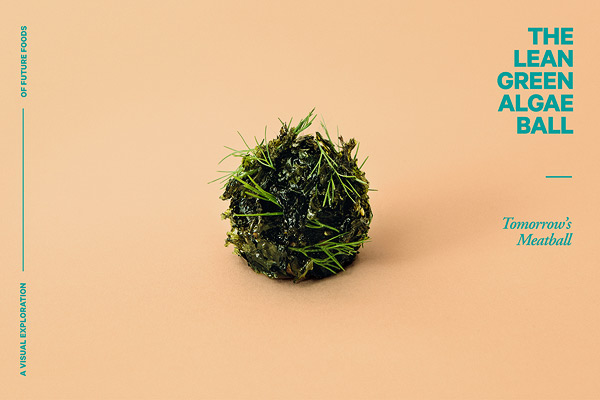
The Lean Green Algae Ball – Algae are the fastest growing plant organisms in nature and is a great alternative source of vitamins, protein and minerals. Because of this, the mean and green aquatic plant has a lot of potential as a scalable food source, as it can be grown anywhere – often in vertical fermentation tanks – without using large amounts of land or water.
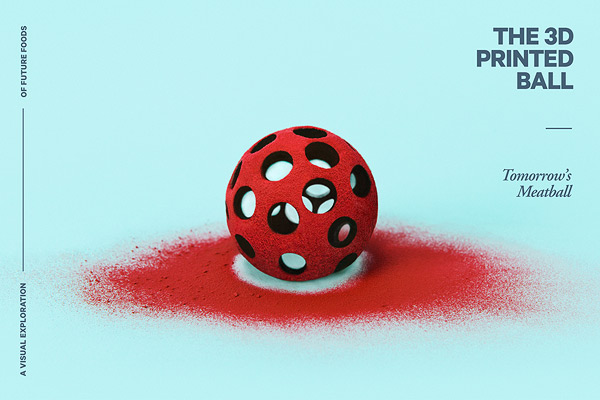
The 3D Printed Ball – 3D food printing has the potential to save the environment, while revolutionizing food production – converting alternative ingredients such as proteins from algae, beet leaves, or insects into delicious meals. In addition, 3D foot printing opens the door to food customization and personalized nutrition.
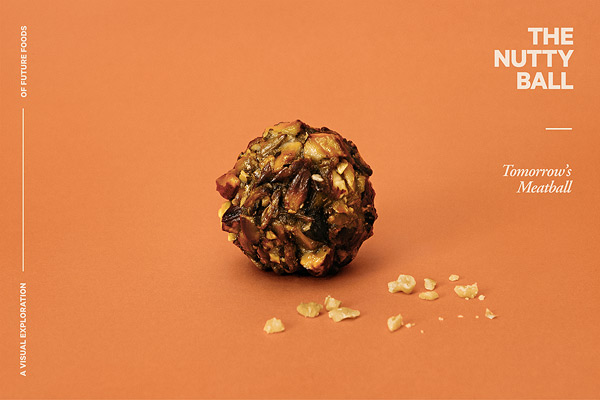
The Nutty Ball – Grains, legumes and nuts continue to gain in health reputation for providing abundant protein and micronutrients. In the near future, more and more local farmers will breed new varieties of grains to thrive in their regions, marrying classic seed selection with modern technology.

The Crispy Bug Ball – Insect eating is common to cultures in most part of the world. Over 1,000 different insect species are eaten in 80% of the world’s nations. Insects generally contain more protein and are lower in fat than traditional meats and have about 20 times higher food conversion efficiency – making it a viable addition to our current menu.

